It’s no secret that I’ve been lukewarm on Samsung devices for the last few years. My Samsung Galaxy Nexus was one of the best devices I’ve ever owned. When it finally died, I moved up to the Samsung Galaxy Note 3 which had awful antenna design problems and TouchWiz, which soured me on Samsung for a couple years. Since then, I’ve reviewed the Galaxy S6 and Galaxy S6 edge+. The S6 was too small for me, while the S6 edge plus had the curved screen that was much more attractive than functional for me. My friends at Verizon offered to let me play with the Galaxy Note5, and I was excited to find out how I’d like the big, flat phone from Samsung.
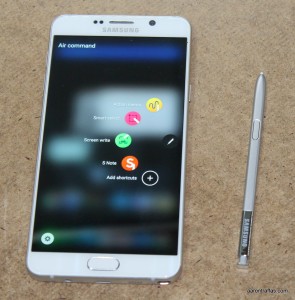
The phone feels like a premium device in my hand. It’s easier to hold than the S6 or S6 edge+, even with the unfortunately glass back. The signature feature of the Note line from Samsung is the stylus, and the Note5’s S-pen makes it easy to take handwritten notes or select and manipulate screenshots.
The display is gorgeous. The 5.7″ display is smaller than my Nexus 6 but bigger than my LG G3. It feels just right to me, and Samsung has solved the biggest problem I have with OLED displays – the red tint. I’ve always preferred IPS displays because whites seem whiter. The OLED display on the Nexus 6 seems red. Amazingly, the Note5 seems even whiter than the IPS display on my LG G3. All three phones were set to full brightness for this photo.
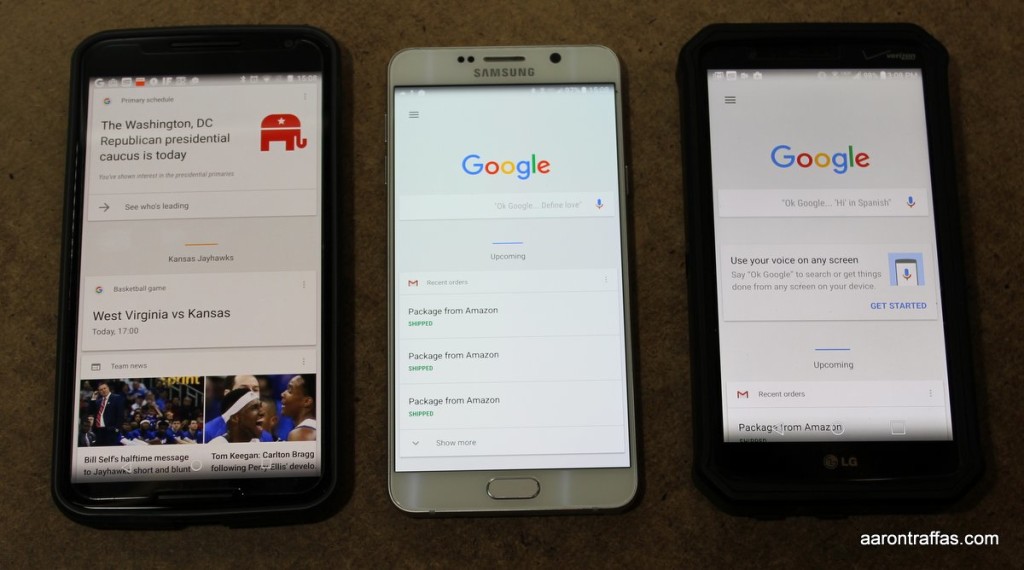
Samsung still puts TouchWiz on top of Android. It’s still frustrating, but installing the Google Keyboard and Action Launcher 3 makes using a Samsung phone seem much less suffocating than it did back in the Note 3 days. There is a ridiculous amount of pre-installed apps that can be disabled but not removed. While I was reviewing the Note5, Verizon pushed out the Android 6 update, which enabled Google Now on Tap and better battery management. The notification shade feels much cleaner now as well.
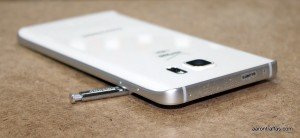
Samsung is known for its fast cameras, and the cameras on the Note5 is no slouch. From what I can tell, the 16 MP main camera and 5 MP front camera are the same as those on the Galaxy S6 and S6 edge+. The camera is very quick to launch, especially using the double-press shortcut of the home button, and the myriad shooting modes are easy to understand and use. As usual, I’ll have an unedited gallery at the end of this post showing real-world example pictures I took with the phone. Here’s a short video example from a round of golf showing my brother-in-law with a difficult shot.
Speaking of the home button, the Note5 has one. That’s a big deal-breaker for me – I’ll never know why Samsung went back to physical buttons after the Galaxy Nexus didn’t have them, but they’re one of the only manufacturers still clinging to that poor design decision. However, if you’re going to pollute the front of a phone with a button, you might as well build an amazing fingerprint reader into it. I’ve only used a couple of phones with finterprint readers, but Samsung’s readers are fast and consistent.
There’s no expandable storage on the Note5 and the 3000 mAh battery isn’t upgradable. My review unit was 32 GB, which simply isn’t big enough for me. I’m running about 400 episodes behind on my podcasts, so Doggcatcher‘s using over 15 GB. The phone reserves 8.5 GB as system memory and my apps use nearly 7 GB, which doesn’t leave much space for pictures and video. If you’re buying a phone without expandable storage, always opt for at least 64 GB.
It’s 2016, and we shouldn’t have to plug our phones in like animals to charge them. The Note5 features two different wireless charging standards, so it’s completely compatible with all my existing wireless charging stations around my house. It also supports fast charging, so when I was in a hurry, I could get enough power in it to finish the day.

I’m pretty active with my phones, so I always use a case with a belt clip. Verizon sent me an Otterbox Defender to use with this Note5 and I have to say it’s not the case for me. It’s plenty rugged and durable, but there is one small design flaw that makes using the phone with this case quite irritating. As you can see in the picture, the case at the top of the phone protrudes up at a sharp angle immediately superior to the upper edge of the screen. Triggering the notification shade actually requires effort, since it’s actually difficult to touch the very top of the screen.
The Note5 performed great for me. It’s very snappy and responsive. Bluetooth worked great with the Moto360 smartwatch that Verizon also sent – I’ll be posting a review of it tomorrow. I did notice some issues with play and pause sometimes not working with my LG Tone headset, but I’m not sure if that was a problem with the phone or if it was a configuration issue with Doggcatcher and the lock screen.
In summary, when I send the phone back to Verizon tomorrow, I’m going to miss a few things. I won’t miss the physical buttons or TouchWiz, nor all the pre-installed apps. I am, however, going to miss the fast camera and fingerprint reader. I’ll miss the gorgeous display and snappy performance. If I were to own a Samsung phone and had to choose among the S6, S6 edge+ and Note5, I would definitely get the Note5 – but I’d get the 64 GB model.
Photo gallery
As always, for pictures taken with the phone, I’ve done no editing. The pictures are as they were when they came off the camera. You can view the full version by downloading it from the attachment page.
- Verizon’s Note5
- Samsung Galaxy Note5
- Samsung Galaxy Note5
- Samsung Galaxy Note5
- Samsung Galaxy Note5
- Ottorbox Defender case
- Ottorbox Defender case
- Ottorbox Defender case
- Bradford pear
- Bradford pear
- The Kansas caucus
- The Kansas caucus
- The Kansas caucus
- Dancing baby
- I always wanted to know what was in golf irrigation trench
- Difficult shot
- Difficult golf course
- MPAA
- Scott Shuman at the MPAA
- Exploration Place
- Callan at Exploration Place
- Nolan at Exploration Place
- Callan at Exploration Place
- Nolan at Exploration Place
- Callan at Exploration Place
- Nolan at Exploration Place
- Callan and Nolan in a plane at Exploration Place
- Junior pilots
- Junior pilots
- Driving the plane himself
- Flight simulator
- More studio time
- Callan
- Testing the front camera
- Canola needs sprayed


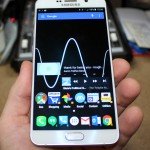

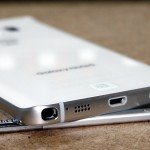

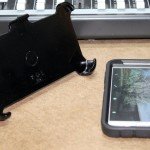

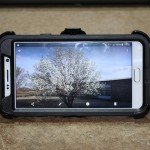



























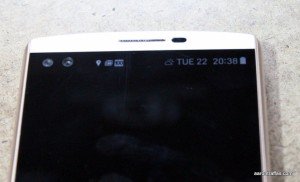

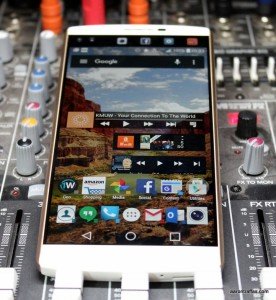



































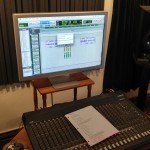





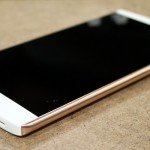

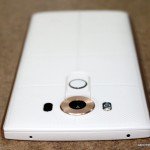



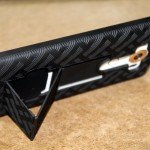
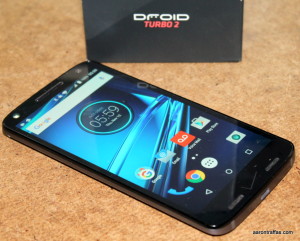


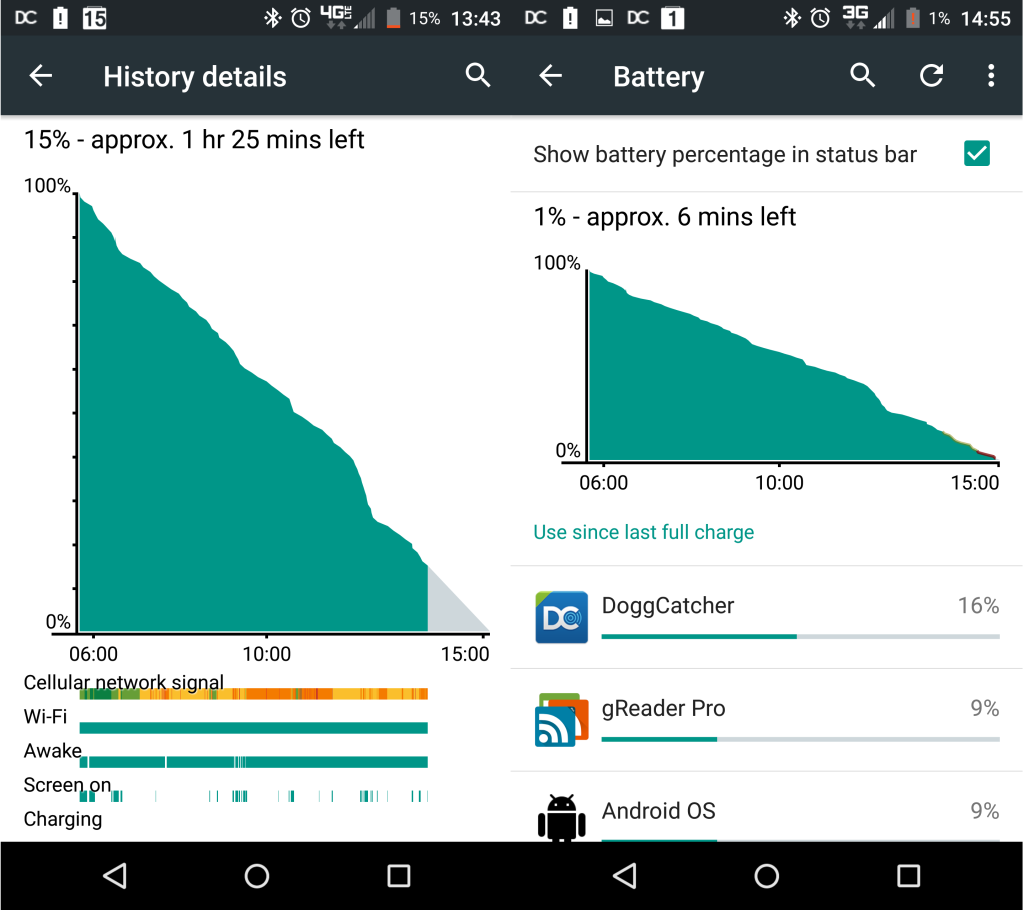



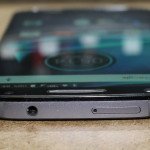
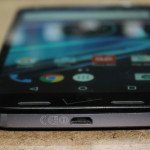







































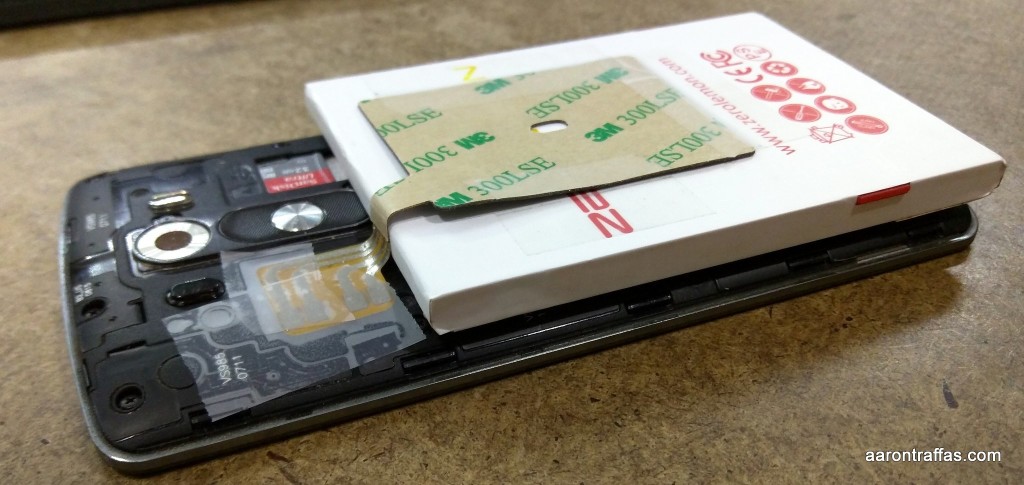
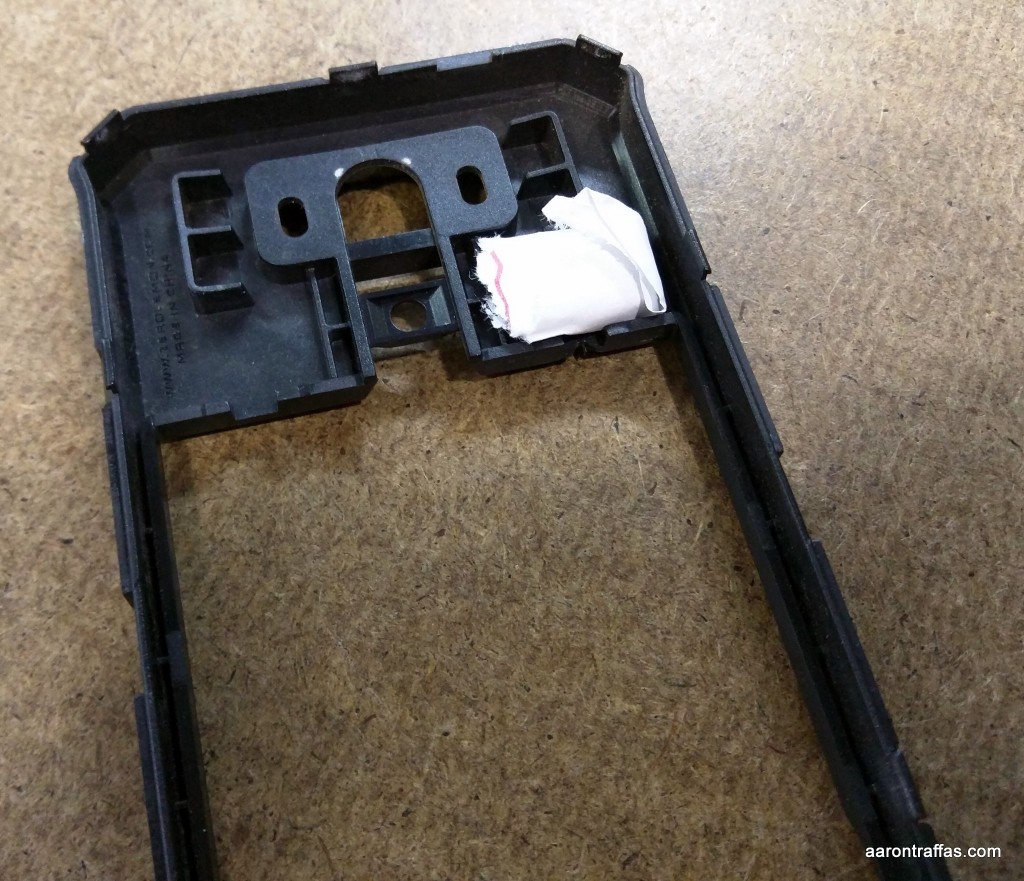

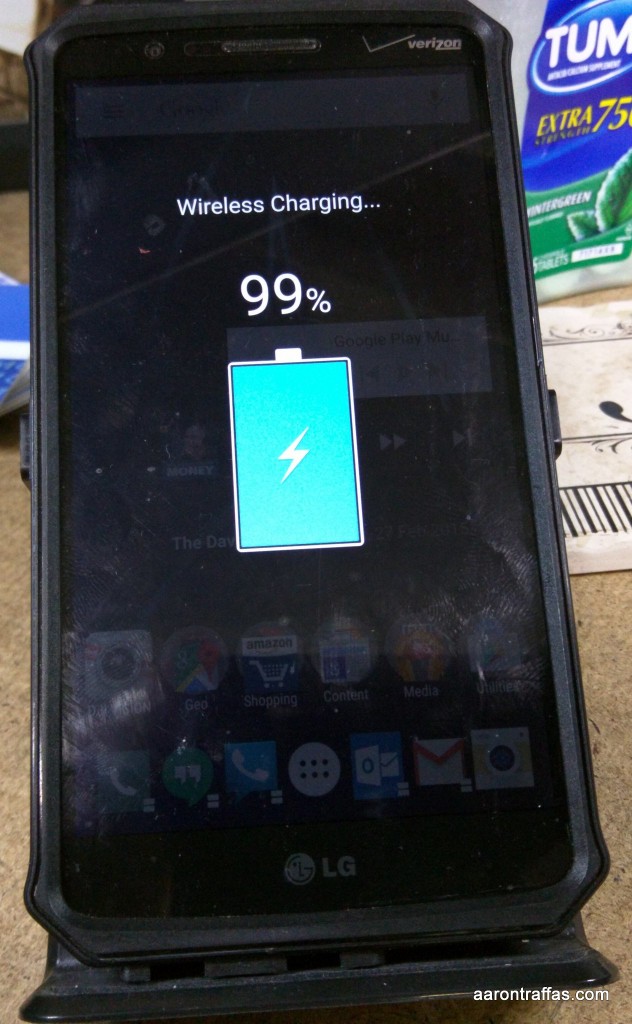















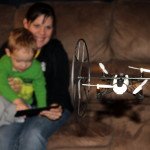



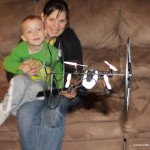

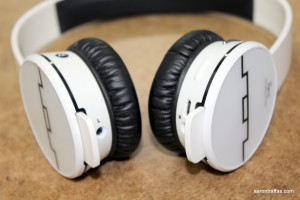

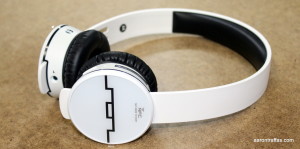
You must be logged in to post a comment.